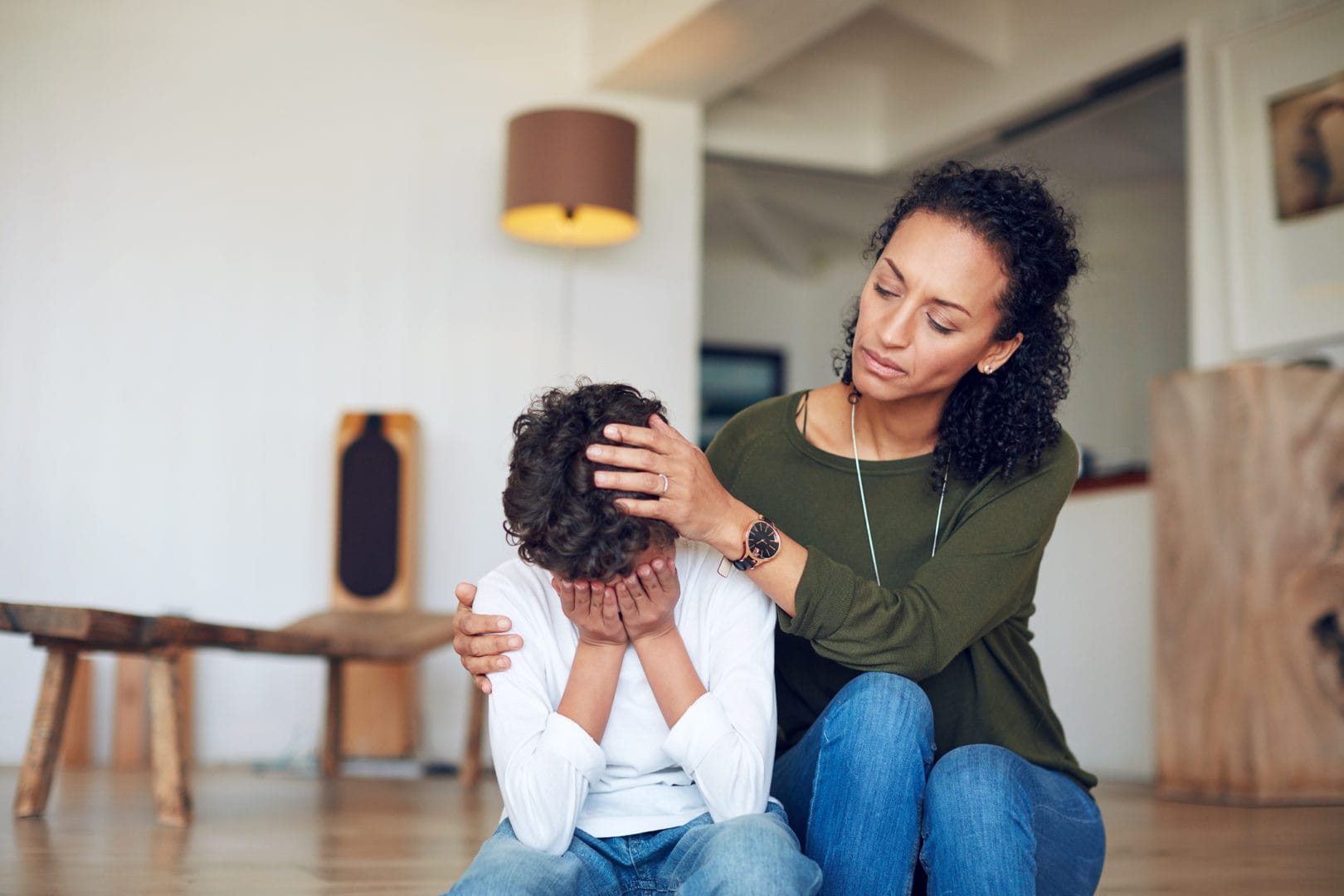Many have worried about the impact the COVID-19 pandemic might have on kids’ wellbeing. Now, a new report by the humanitarian organization Save the Children has given us a first look at just how damaging the hardships of the past year have been on kids and their families. The report ranks the best and worst states for kids during the pandemic, and sheds light on the shocking number of U.S. children who are living in poverty, hunger and without the basic tools they need to learn.
At least 17 million children in the U.S. are struggling with hunger, according to Save the Children’s report. Additionally, two-thirds of American families are struggling to make ends meet, and one in four children don’t have access to the electronic devices or reliable internet service they need to participate in distance learning.
Here, more key takeaways.
How the report was created
Save the Children created their report based on data gathered throughout 2020 from the U.S. Census Bureau’s bi-weekly Household Pulse survey. They focused on their analysis specifically on food scarcity, lack of tools for remote learning and financial strain, and they ranked each U.S. state by the numbers of kids dealing with these issues.
Which states’ responses are the the most problematic
According to the report, the 10 states doing the overall worst job of responding to the crisis are:
-
Arizona
-
Alabama
-
Florida
-
West Virginia
-
New Mexico
-
Texas
-
Mississippi
-
Oklahoma
-
Arkansas
-
Louisiana
Louisiana, Arkansas and Oklahoma came in at the bottom of the list due to high rates of child hunger. Child hunger is also a major issue in Kentucky and Maryland, though those states rank higher on the list for their overall pandemic response.
West Virginia has the highest for the number of students struggling to access their online classes, with nearly 40% of families lacking access to reliable internet. Internet access is also a major issue affecting students in Texas and Oklahoma.
Which states are doing the best job
Washington, Connecticut, New Hampshire, Maine and Minnesota make up the top five states doing the best job of mitigating the impacts of the pandemic. It’s also important to note that states doing the best job of responding to the needs of children and families during the COVID-19 crisis haven’t necessarily had the lowest rates of the virus.
According to Save the Children’s analysis, Utah, North Dakota and South Dakota all had high rates of child COVID-19 cases, yet each state ranks in the top 10 for protecting kids from hunger, poverty and educational disparities. Meanwhile, New York had lower rates of COVID-19 in kids, yet the state ranks 29th for meeting the needs of children and families.
Children of color have been disproportionately impacted
The report also pointed out that children of color have been disproportionately impacted by hunger, poverty and educational disparities across state lines. Save the Children finds twice as many children of color are facing hunger when compared with white children, and Black and Hispanic kids are 1.5 times more likely to lack reliable internet access and other tools necessary to attend school.
For children across the U.S., the pandemic has uprooted their lives. As @SavetheChildren finds in their latest report, children are increasingly facing hunger and parents are missing out on work due to child care challenges.
Read 👉 https://t.co/uCpCxHJTcT pic.twitter.com/wUgy7KNEPg
— Save the Children Action Network (@SCActionNetwork) March 2, 2021
Many kids were affected by poverty, hunger and gaps in education access before the pandemic started. This newest report only shows how much the pandemic has reinforced these disparities, and, in some cases, made them even worse. There are nearly six million more hungry kids now than there were before the pandemic, according to the report, and only 60% of low-income kids have regularly accessed online learning, compared with 90% of high-income students.
Families continue to suffer heartbreaking consequences of the pandemic
Unsurprisingly, the report shows that many parents and caregivers are struggling with anxiety over the hardships they’re facing. While the U.S. continues to fight the virus and focus on getting kids back to school, 10 million Americans are still unemployed, and many still lack access to reliable child care. In fact, Save the Children found nearly one in five parents and caregivers who were not employed in December 2020 said childcare needs were the main reason they weren’t working.
It will take a long time for the U.S. to recover from the pandemic, and it may take individual families even longer to overcome the financial and educational disparities exacerbated by COVID-19. Save the Children’s report is a startling reminder that the virus is not the only threat people are facing during this pandemic, and it should be a wake up call to leaders that families need more support than ever before.





